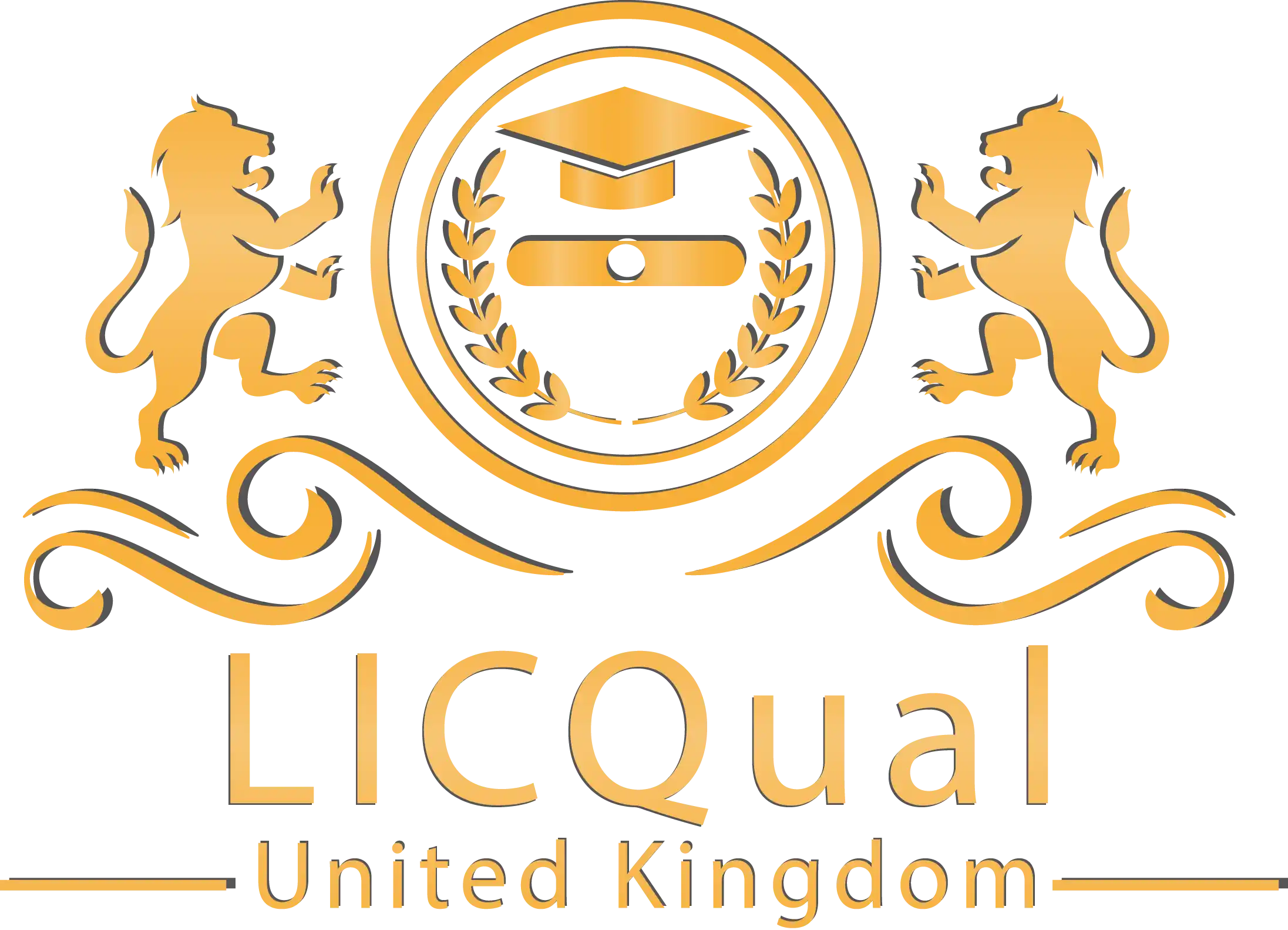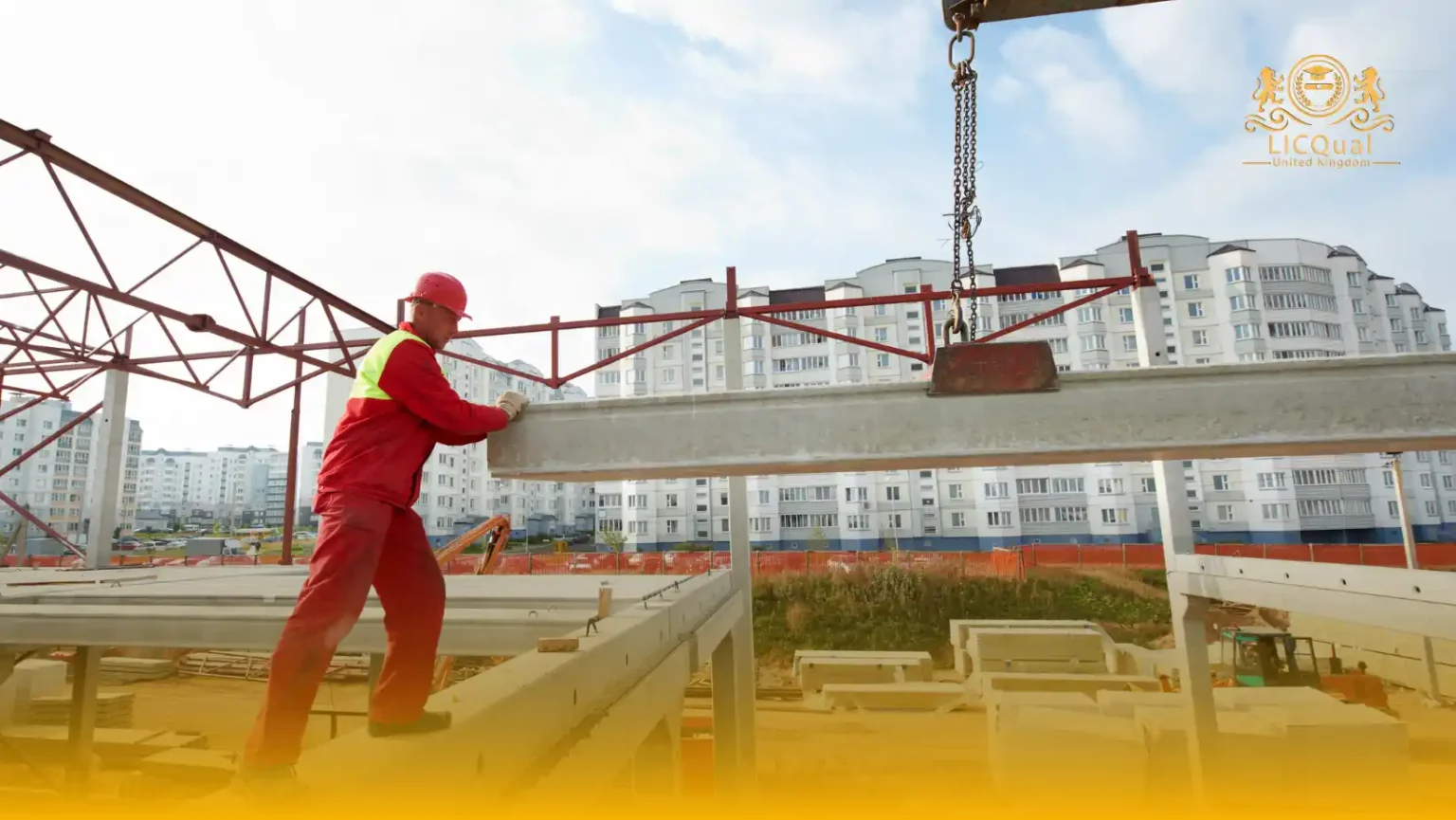The LICQual Level 3 Diploma in Rigger is an advanced qualification designed for professionals who are actively engaged in rigging operations and looking to move into supervisory or specialist roles. This internationally recognized diploma is ideal for those seeking to validate their expertise, broaden their technical knowledge, and comply with global industry standards in high-risk lifting and rigging environments. It reflects the current demands of sectors such as construction, offshore oil and gas, heavy lifting, petrochemicals, and marine engineering.
The course delves deep into complex rigging practices, including the planning and execution of intricate lifting operations involving non-standard loads, multiple lifting devices, and specialized equipment. Participants will explore topics such as advanced load assessment, lifting geometry, center of gravity calculations, sling angle forces, and inspection protocols for critical rigging gear. Through this training, learners will gain the confidence and competency to handle critical lifts and challenging operational scenarios with precision and professionalism.
A major component of the Level 3 Diploma is its emphasis on leadership and safe system implementation. Candidates are trained not only in technical procedures but also in leading rigging teams, supervising lifting operations, and communicating effectively with crane operators, supervisors, engineers, and safety officers. This focus prepares participants to take ownership of jobsite safety and ensure that all lifting operations adhere to established safety protocols, such as LOLER, PUWER, and international lifting codes of practice.
This diploma also enhances problem-solving and decision-making abilities through scenario-based assessments and case studies. Candidates will be presented with real-world rigging challenges and will be required to apply risk assessments, plan lifting strategies, and recommend safe and cost-effective solutions. This builds analytical skills and prepares learners to work in high-pressure environments where quick thinking and technical precision are crucial.
The LICQual Level 3 Diploma in Rigger also covers advanced topics in rigging inspection, maintenance, documentation, and compliance. Learners are trained to carry out thorough inspections of lifting gear, maintain accurate records, and ensure equipment meets operational standards. This ensures that participants not only manage rigging operations but also contribute to long-term asset reliability and workplace safety.
In conclusion, this diploma provides a pathway for experienced riggers to step into higher responsibility roles and solidify their standing as certified professionals in the lifting industry. With a strong emphasis on safety, leadership, and technical mastery, the LICQual Level 3 Diploma in Rigger equips candidates with all the competencies needed to supervise and execute complex lifting operations worldwide. Whether you’re working onshore or offshore, this credential represents the highest standards of excellence in the rigging profession.
Course Overview
Qualification Title
LICQual Level 3 Diploma in Rigger
Total Units
6
Total Credits
60
GLH
240
Qualification #
LICQ2200194
Qualification Specification
To enroll in the LICQual Level 3 Diploma in Rigger, applicants must meet the following criteria:
|
Qualification# |
Unit Title |
Credits |
GLH |
|---|---|---|---|
|
LICQ2200194-1 |
Advanced Rigging Equipment |
10 |
40 |
|
LICQ2200194-2 |
Safe Rigging Practices |
10 |
40 |
|
LICQ2200194-3 |
Rigging Load Calculation |
10 |
40 |
|
LICQ2200194-4 |
Working with Cranes and Hoists |
10 |
40 |
|
LICQ2200194-5 |
Rigging Communication Systems |
10 |
40 |
|
LICQ2200194-6 |
Project Planning and Supervision |
10 |
40 |
By the end of this course, learners will be able to:
Advanced Rigging Equipment
- Understand the different types of advanced rigging equipment and their specific applications in complex lifting operations.
- Demonstrate the ability to select and inspect advanced rigging tools, ensuring they are suitable for the load, environment, and task.
- Apply knowledge of specialized rigging equipment to complete challenging lifting operations safely and efficiently.
- Recognize the importance of regular maintenance, testing, and calibration for advanced rigging equipment to ensure optimal performance and safety.
Safe Rigging Practices
- Identify and assess the potential risks and hazards in rigging operations.
- Implement best practices for safe rigging, ensuring compliance with local and international safety standards and regulations.
- Demonstrate the ability to use safety equipment, such as personal protective equipment (PPE), and apply safety procedures during rigging tasks.
- Develop strategies to minimize risks and prevent accidents during complex rigging operations.
Rigging Load Calculation
- Understand the principles of load calculation and how to assess the weight, balance, and distribution of loads.
- Apply appropriate mathematical and engineering formulas to calculate load limits and ensure safe lifting operations.
- Demonstrate the ability to perform accurate load calculations for various rigging configurations and equipment.
- Identify and manage risks related to load handling and make adjustments to ensure the load is properly secured and balanced.
Working with Cranes and Hoists
- Understand the basic operation and functions of cranes and hoists used in rigging operations.
- Demonstrate knowledge of crane types, lifting capacities, and the relationship between cranes and rigging equipment.
- Develop skills to work collaboratively with crane operators, ensuring safe and efficient lifting operations.
- Apply safe practices for using cranes and hoists in rigging, including proper attachment techniques and load control.
Rigging Communication Systems
- Understand the importance of effective communication during rigging operations.
- Demonstrate proficiency in using various communication systems, including hand signals, radios, and verbal instructions, to coordinate rigging tasks.
- Ensure clear, concise, and consistent communication between riggers, crane operators, and other personnel involved in the lifting operation.
- Recognize the role of communication in minimizing errors, preventing accidents, and enhancing safety during rigging operations.
Project Planning and Supervision
- Develop the ability to create comprehensive rigging plans, including load assessments, equipment requirements, and safety protocols.
- Understand the process of coordinating and supervising rigging teams, ensuring tasks are completed safely, efficiently, and on schedule.
- Demonstrate leadership skills in managing rigging operations, resolving issues, and maintaining high standards of performance.
- Apply knowledge of project management techniques to ensure rigging operations align with organizational goals, regulatory requirements, and industry standards.
This diploma is ideal for:
Assessment and Verification
All units within this qualification are subject to internal assessment by the approved centre and external verification by LICQual. The qualification follows a criterion-referenced assessment approach, ensuring that learners meet all specified learning outcomes.
To achieve a ‘Pass’ in any unit, learners must provide valid, sufficient, and authentic evidence demonstrating their attainment of all learning outcomes and compliance with the prescribed assessment criteria. The Assessor is responsible for evaluating the evidence and determining whether the learner has successfully met the required standards.
Assessors must maintain a clear and comprehensive audit trail, documenting the basis for their assessment decisions to ensure transparency, consistency, and compliance with quality assurance requirements.







